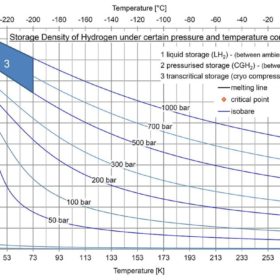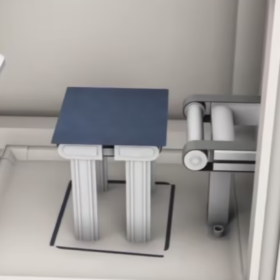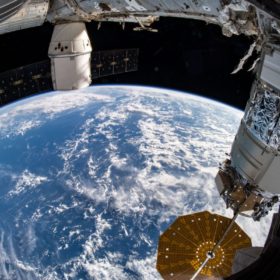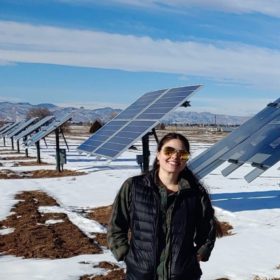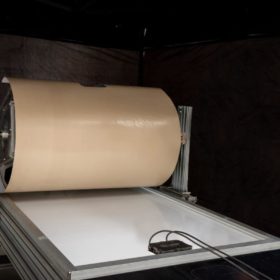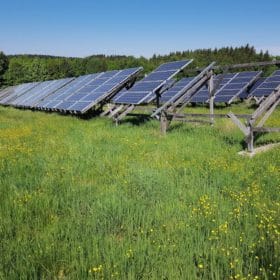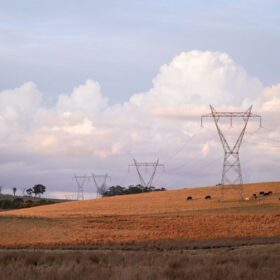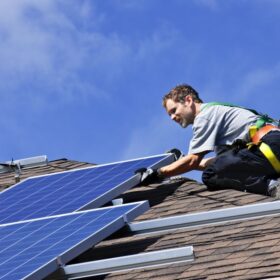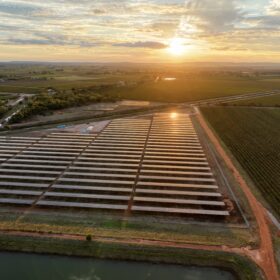New tool to evaluate economic benefits of hydrogen storage
Developed by U.S. scientists, the Hydrogen Energy Storage Evaluation Tool (HESET) can assess the economic and technical characteristics of individual system components and the modelling of each hydrogen pathway. Furthermore, it can help understand how hydrogen storage can be used for various grid and end-user services.
Solar fire prevention hinges on data
Nobody wants their PV systems to catch fire, but little is known about how to actually prevent such incidents.
Biden’s US ban on solar imports from China’s Xinjiang province stirs strong reactions
The Biden Administration’s decision to ban solar imports from four Xinjiang-based polysilicon manufacturers, Hoshine Silicon, Daqo, East Hope, and GCL New Energy Material, has already raised concerns. One analyst warns of a “significant negative impact” across the U.S. solar industry.
‘World’s cheapest wafer’ maker plans 2 GW Indian fab
The American business is looking for module manufacturing partners as it plans to bring its ‘direct wafer’ production technique to India. The company uses molten silicon to form wafers rather than sawing ingots, thus eliminating dust waste and speeding up the process.
Solar energy collectors… grown from seeds!
Rice University engineers produced “near-perfect” 2D perovskite crystals for photovoltaic applications, grown from seeds.
Roll-out solar arrays installed in successful NASA spacewalk
The first new ISS Roll-Out Solar Array (iROSA) has been installed on the International Space Station.
‘Agrivoltaics can certainly be a viable and meaningful alternative to large-scale solar’
US expert in environmental and energy policy Alexis Pascaris spoke with pv magazine about opportunities and barriers associated with agrivoltaics. Agrivoltaics are a very practical and advantageous alternative to large-scale solar, specifically in places where there are land-use constraints or needs for rural economic development, she explains. Differences in costs related to ground-mounted solar can typically be attributed to the raised racking systems or additional fencing, but these upfront investments in specialised hardware are eventually recovered as agrivoltaic systems produce dual-revenue streams.
A repair tape for cracked backsheets
Backsheet failures have plagued the industry, causing hefty financial burdens to many asset owners. DuPont has launched a product it says allows for easy repair of modules.
Computational model for agrivoltaics
A U.S. scientist has developed a computational framework that assesses how well a hypothetical agrivoltaic project would perform in achieving desired outcomes such as the volume of PV electricity produced, and energy-to-agriculture. The method considers the high-frequency decomposition of solar irradiance into multiple rays and analyzes how these rays are propagated forward in time, to assess multiple reflections and absorption for various system configurations. It also takes into account panel inclination, panel refractive indices, sizes, shapes, heights, and albedo.
Cleaning solar modules with sand and wind, on Mars
NASA scientists have partially cleaned up the solar modules of the Insight lander operating on Mars, by using grain sands collected nearby and trickling them on the panels during the windiest time of the day. This handmade technique has made it possible, according to them, to increase the PV array’s yield of about 30 watt-hours of energy per ‘sol,’ or Martian day.
